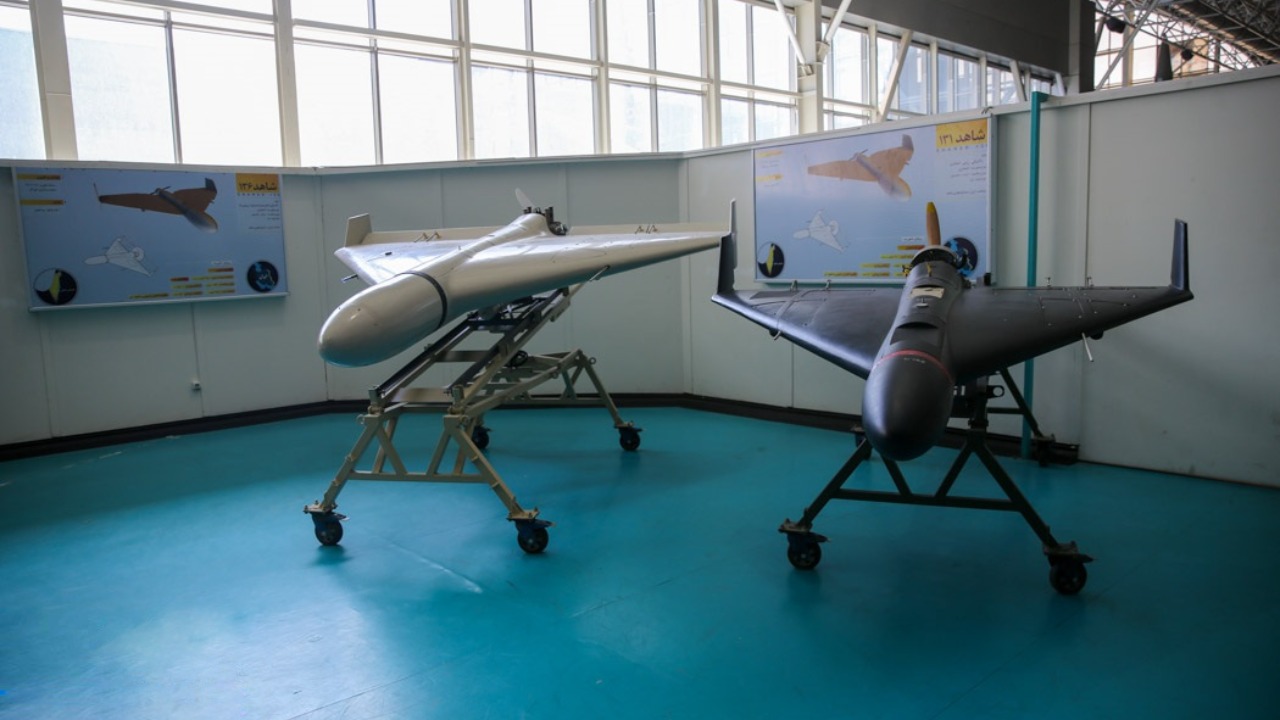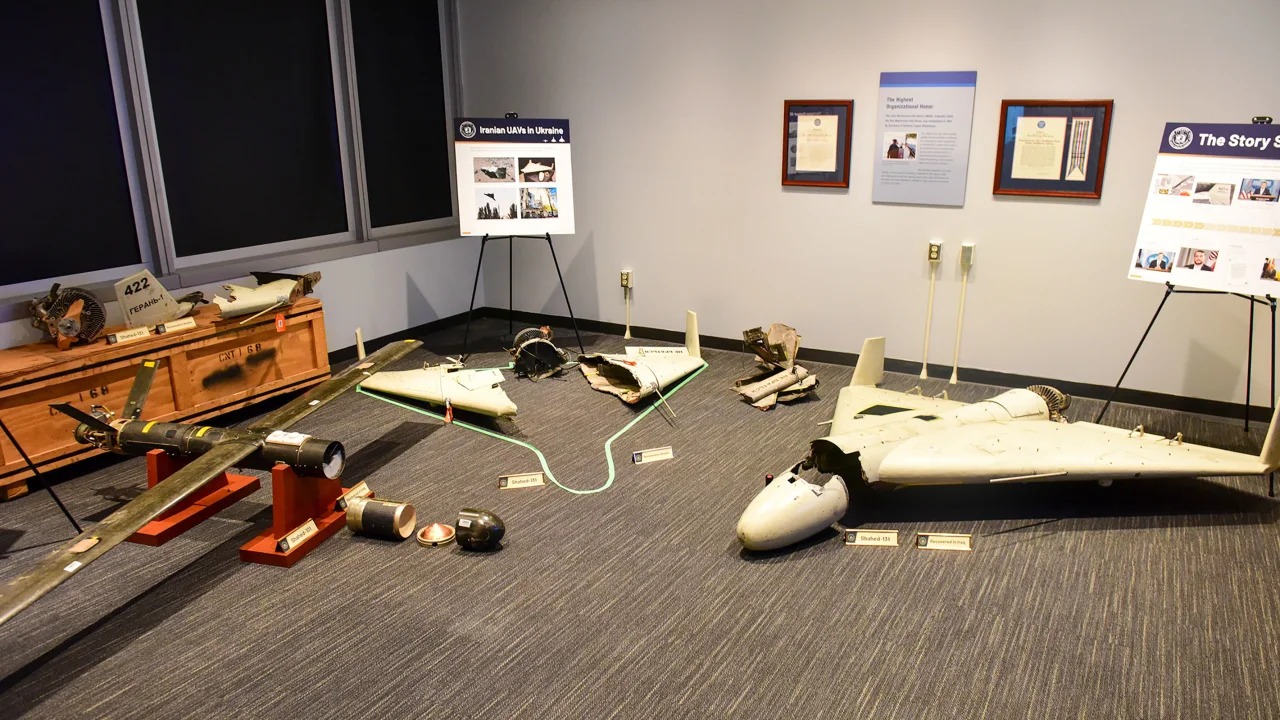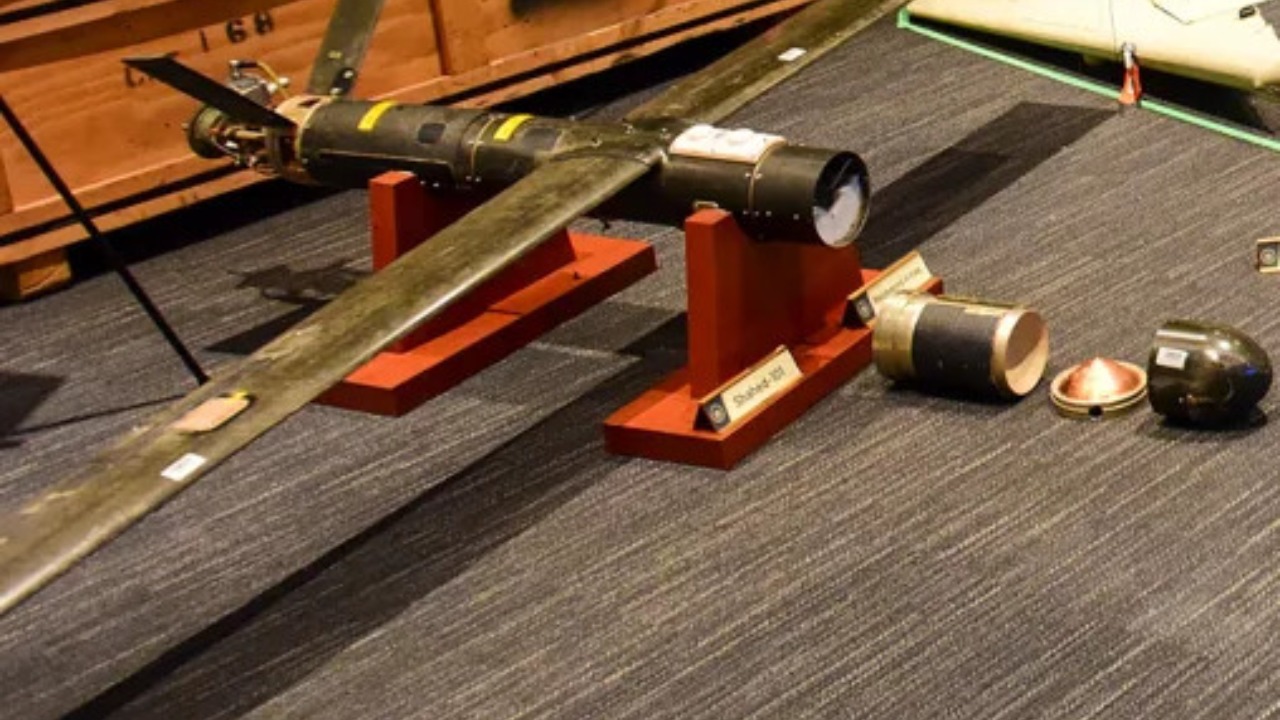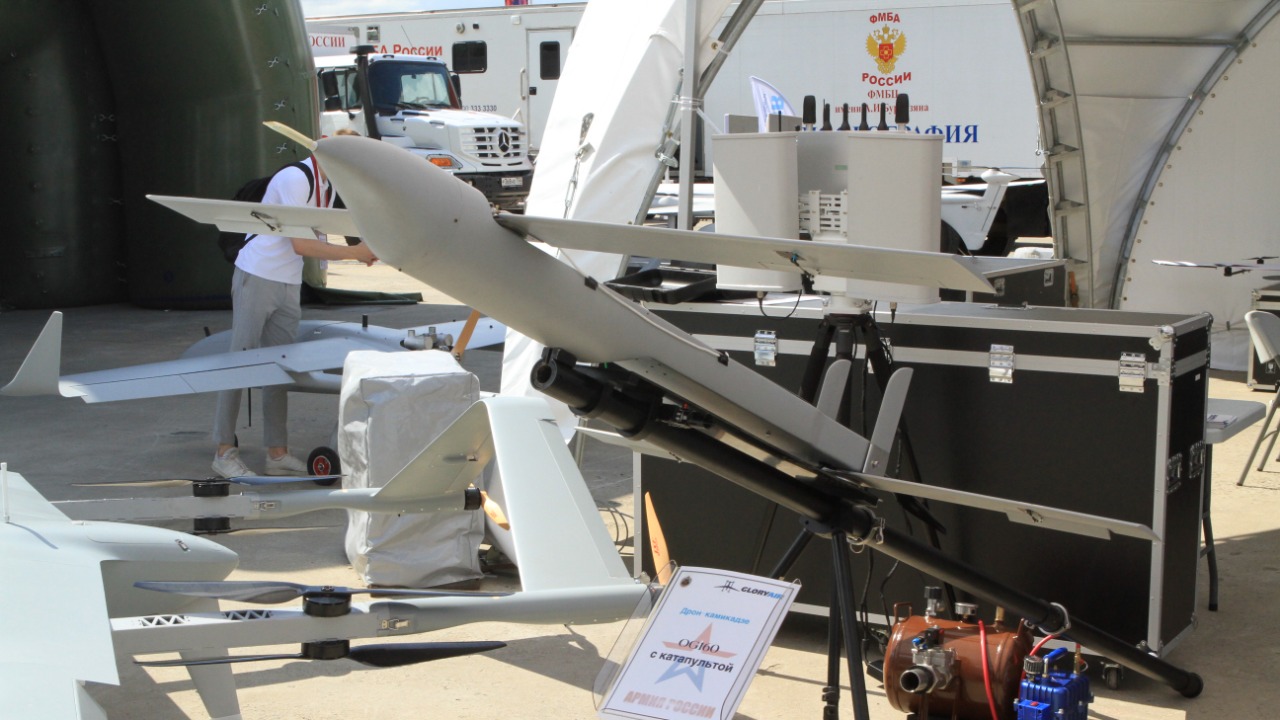
Russia’s latest foray into drone technology, the Geran-3, is a jet-powered attack drone designed to be immune to electronic interference. This shift from propeller-driven models represents a significant advancement in Russia’s aerial capabilities. However, Ukraine has pointed out that the Geran-3 relies heavily on foreign parts, indicating potential supply chain dependencies. The introduction of this drone could significantly alter tactics in ongoing conflicts by evading traditional jamming methods.
The Geran-3: Russia’s Latest Drone Innovation

The Geran-3 is a departure from Russia’s previous propeller-based drones, marking a significant step forward in the country’s drone technology. The jet-powered design of the Geran-3 allows for increased speed and operational range, making it a formidable addition to Russia’s arsenal1.
Despite its advanced features, the Geran-3 is not without its potential weaknesses. Ukraine has noted that the drone is constructed with a significant number of foreign-sourced components. This reliance on foreign parts could expose vulnerabilities and dependencies in the drone’s supply chain2.
How the Jet-Powered System Enhances Performance

The jet propulsion mechanism of the Geran-3 is a key factor in its enhanced performance. This system allows the drone to achieve higher speeds and a greater operational range compared to traditional drones1. Furthermore, the jet-powered system enables precision strikes, adding to the drone’s attack capabilities3.
However, the jet engine assembly of the Geran-3 incorporates foreign parts, as noted by Ukraine. This integration of foreign components could potentially impact the drone’s build quality and reliability2.
Mechanisms Behind Electronic Warfare Immunity

The Geran-3 is designed to be immune to electronic interference, a feature that sets it apart from many other drones. This immunity is achieved through hardened navigation systems that resist jamming and other forms of electronic warfare1.
The drone’s design allows it to evade jamming during missions, a capability that has been demonstrated in its successful operations. The role of foreign electronics in bolstering the Geran-3’s resistance to electronic warfare tactics is also noteworthy3.
Strategic Implications and Challenges

The introduction of the Geran-3 has significant implications for electronic warfare strategies. Its immunity to electronic interference serves as a case study for future drone defenses and could potentially reshape the landscape of aerial warfare1.
From Ukraine’s perspective, countering the Geran-3 presents unique challenges. The drone’s dependency on foreign parts could be a potential vulnerability, but exploiting this weakness would require a deep understanding of the drone’s construction and operation2.
Overall, the Geran-3 represents a significant evolution in attack drone technology within Russia’s military framework. Its introduction could potentially influence the development of future drones, both in Russia and around the world3.